Alpange’s high-tech piano makes its New York debut. Does it hit the high notes?
We lift the lid on Alpange’s high-tech digital piano, a blend of traditional craft and contemporary modelling technology
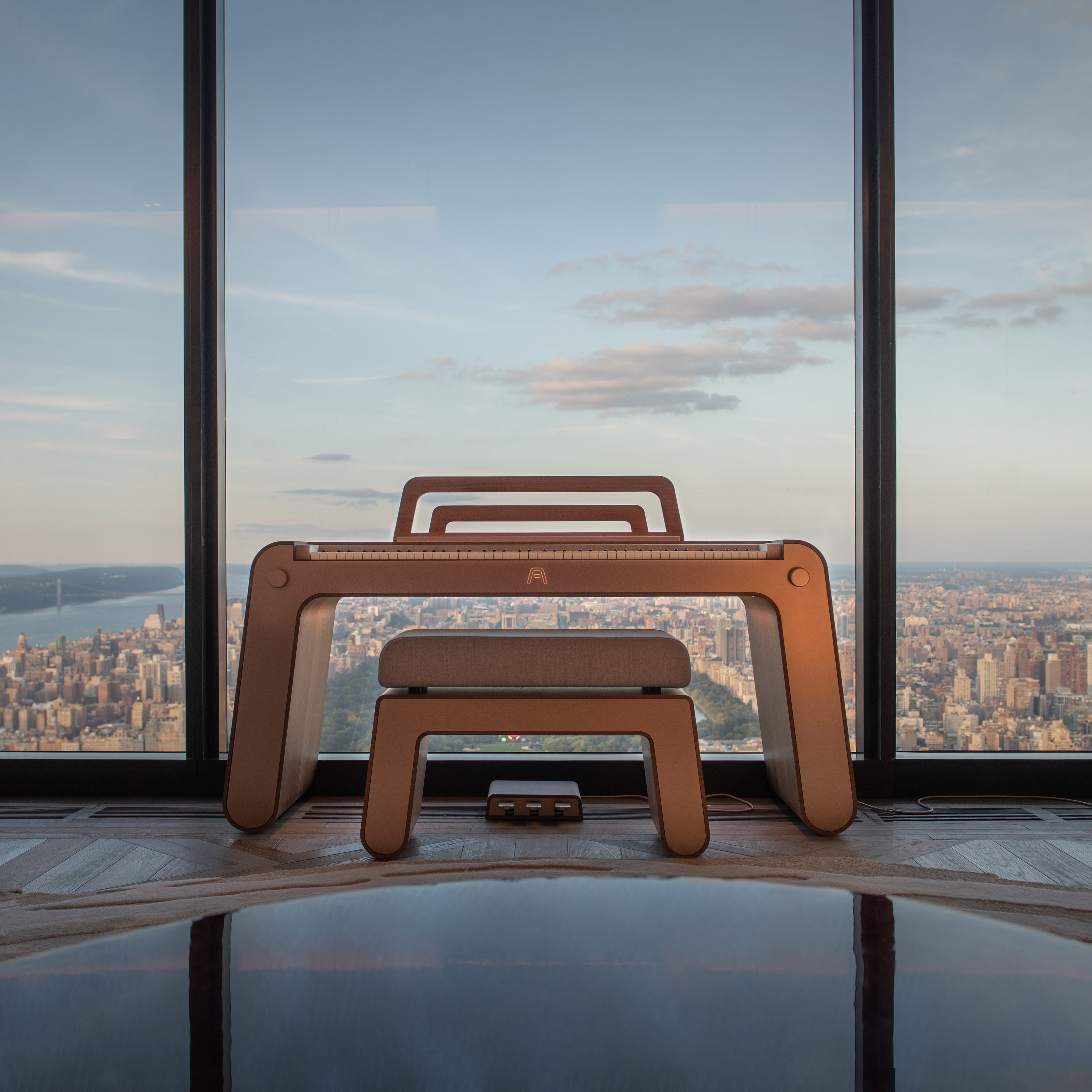
This eccentric instrument is the brainchild of Raphaël Soudre and Franck Bacquet, two French musicians and innovators who wanted to give the traditional piano a radical makeover. The Alpange Piano was on show this week in New York as part of the Sanford L Smith + Associates’ Salon Art + Design 2024 at the Park Avenue Armory in New York City, where it took pride of place in the ‘Parlor’ installation by design studio FrenchCaliforna.
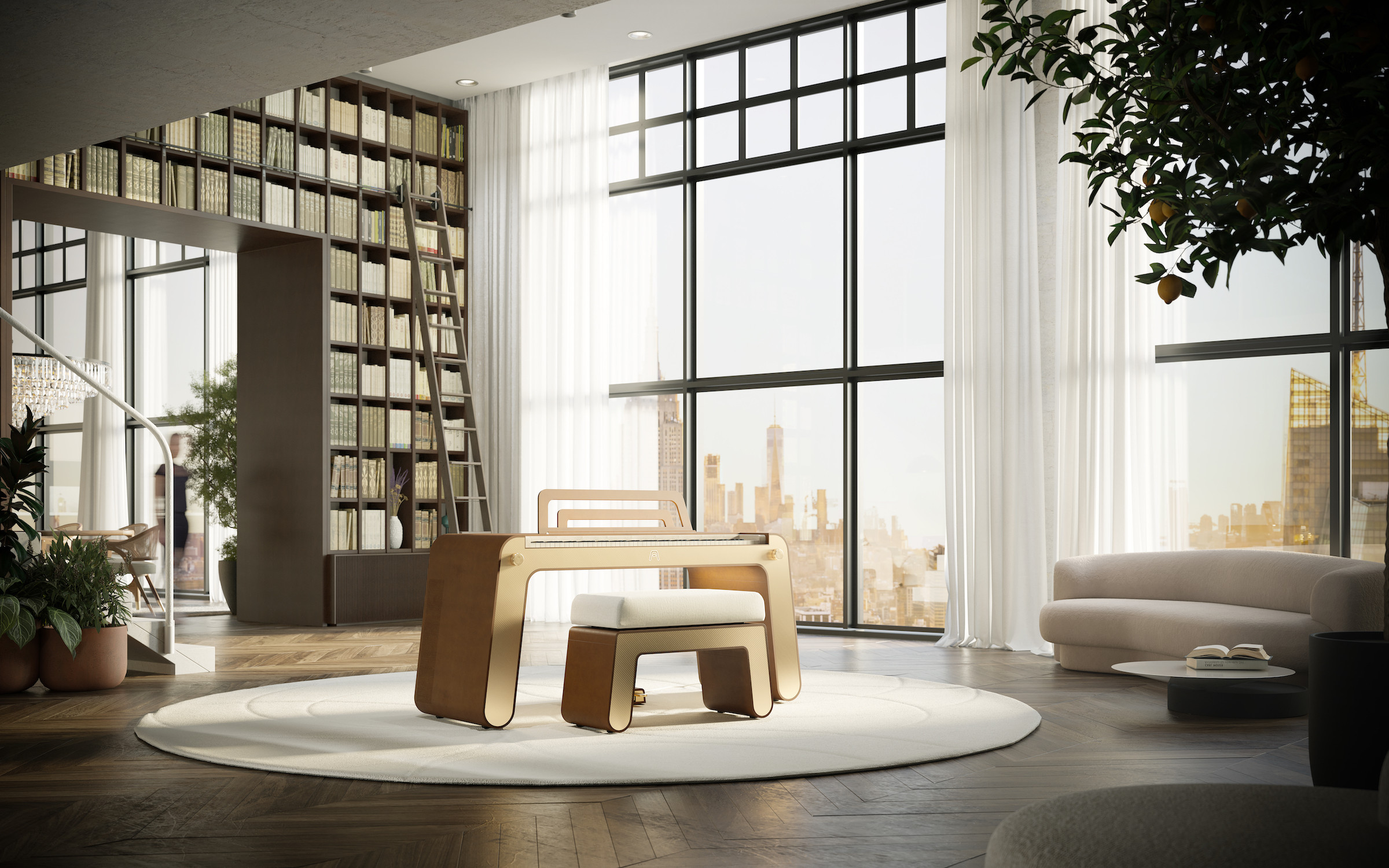
The Alpange Piano in NYC
Bacquet and Soudre set up their company in 2023 and now hand-make the Alpange in Nantes, using a selection of premium woods depending on your favoured finish. These include walnut, maple, and deep ash, with the piano, stool and even the integrated music stand all using the same simple form language.
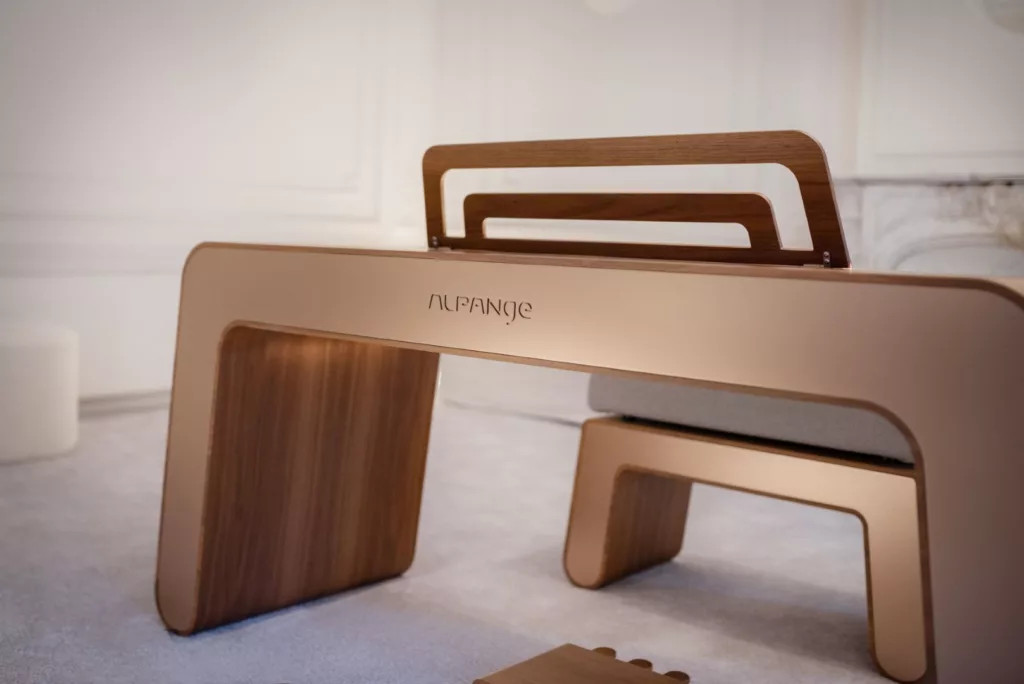
Alpange Piano
Underneath that handcrafted skin is a digital piano, naturally, although the electronic innards are carefully concealed within the very analogue outer shell. The Alpange is distinct from conventional digital pianos in that it uses modelling technology, rather than replaying a series of pre-recorded samples. The modelling algorithms respond to the physical inputs of the player, not just the pressure of their fingers on the keys, but the perceived weight and resonance of how a hammer might strike a string and the sympathetic resonances between different notes.
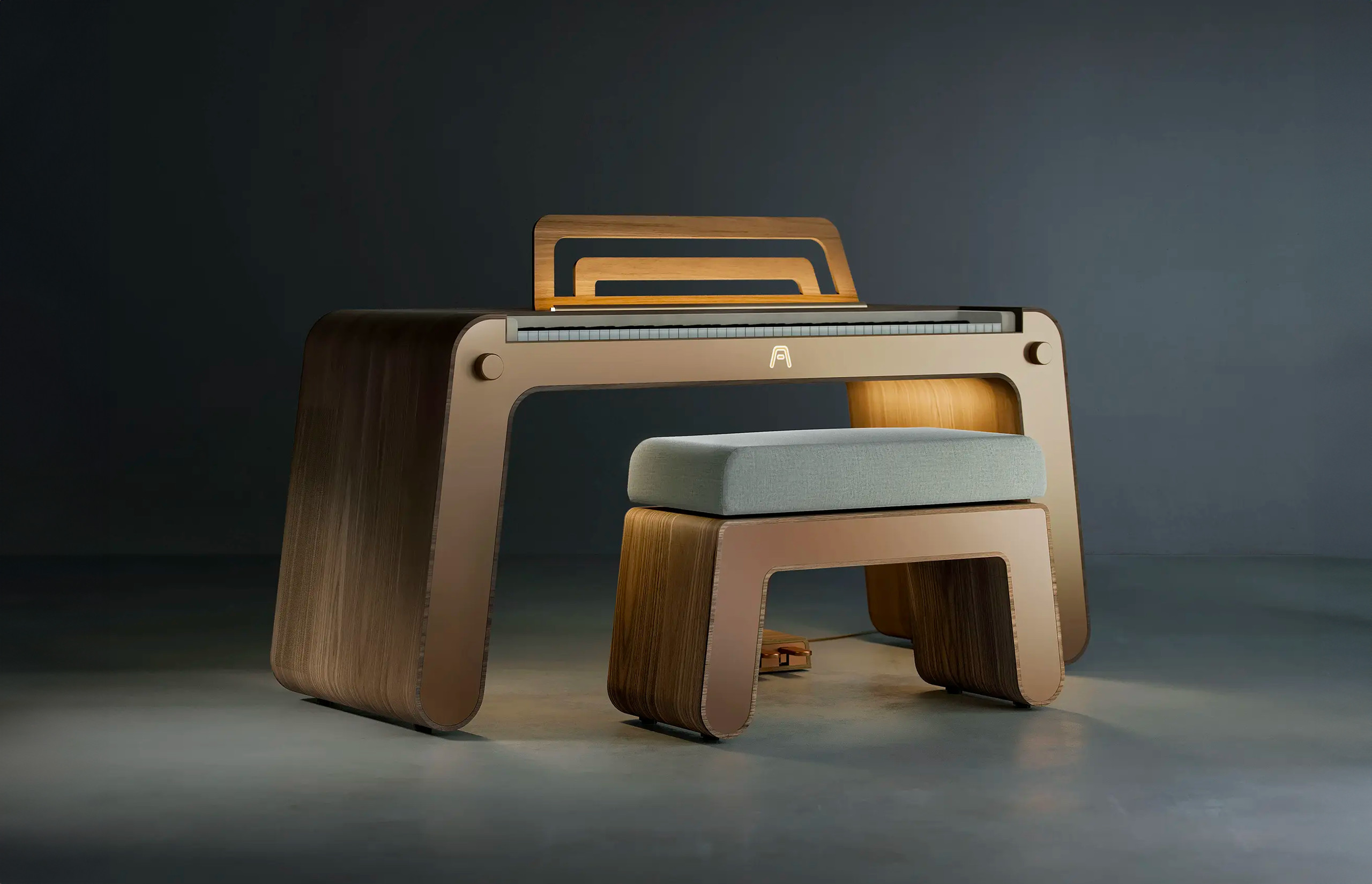
The Alpange Piano in walnut
All this is replayed through the 14 high-fidelity acoustic diffusers that are embedded within the case. With volume levels that reach 105 dB – equivalent to a concert grand – the Alpange offers up studio quality sound without the need for tuning and in a far more compact, portable package (anyone who’s had to hire a piano mover will be sympathetic to the latter).
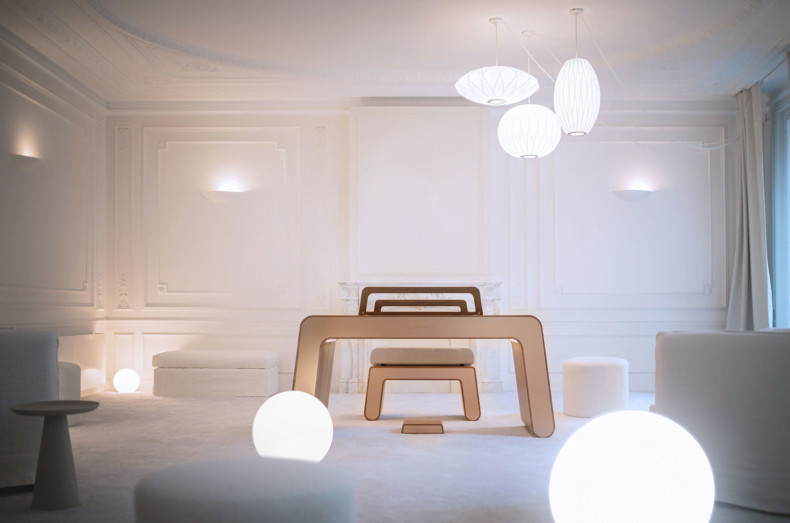
The Alpange Piano
That also means the Alpange piano can offer a huge variety of sound. The company provides a dedicated app, Alpange Peaker, which allows you to modify the timbre and dimensions of the sound, as well as record content from the piano itself (there’s an integral microphone in case you fancy your combined keyboard and vocal skills). Finally, you can use the Alpange as a form of high-end player piano and simply have it tinkle away in the background.
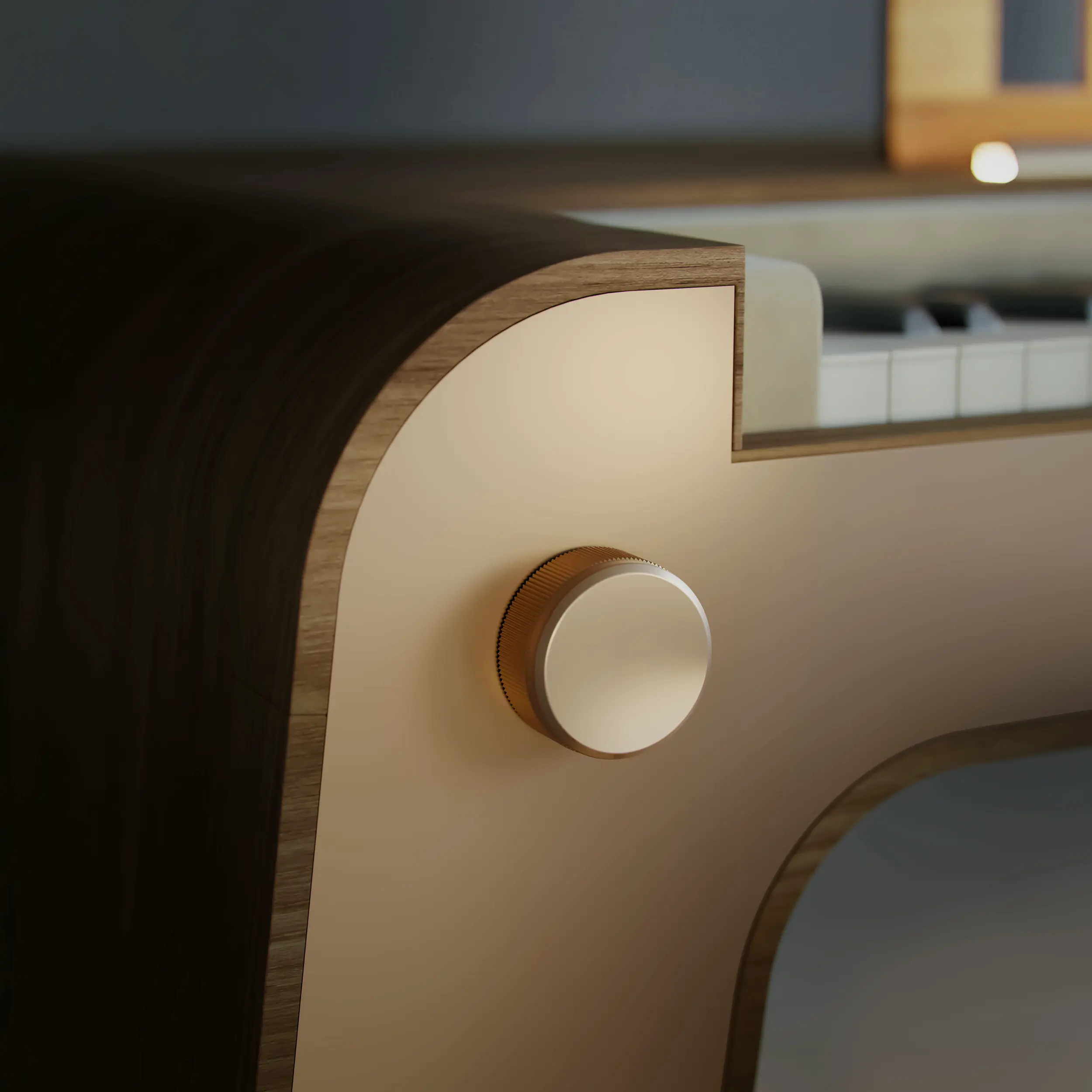
Detail design: Alpange Piano
The Alpange piano illustrates a trend towards ‘invisible technology’ in the way it presents and repackages readily available technology. Digital pianos, even modelling pianos, have been around for decades, all of which demonstrate much the same functionality. Claims like ‘every note played is saved automatically in the piano’s infinite memory’ hand-wave away the simplicity and ubiquity of MIDI, one of the most efficient of all modern data formats, introduced way back in 1983 (a back-of-the-envelope, AI-assisted calculation suggests that the complete works of Beethoven would only take up around 50MB of disc space).
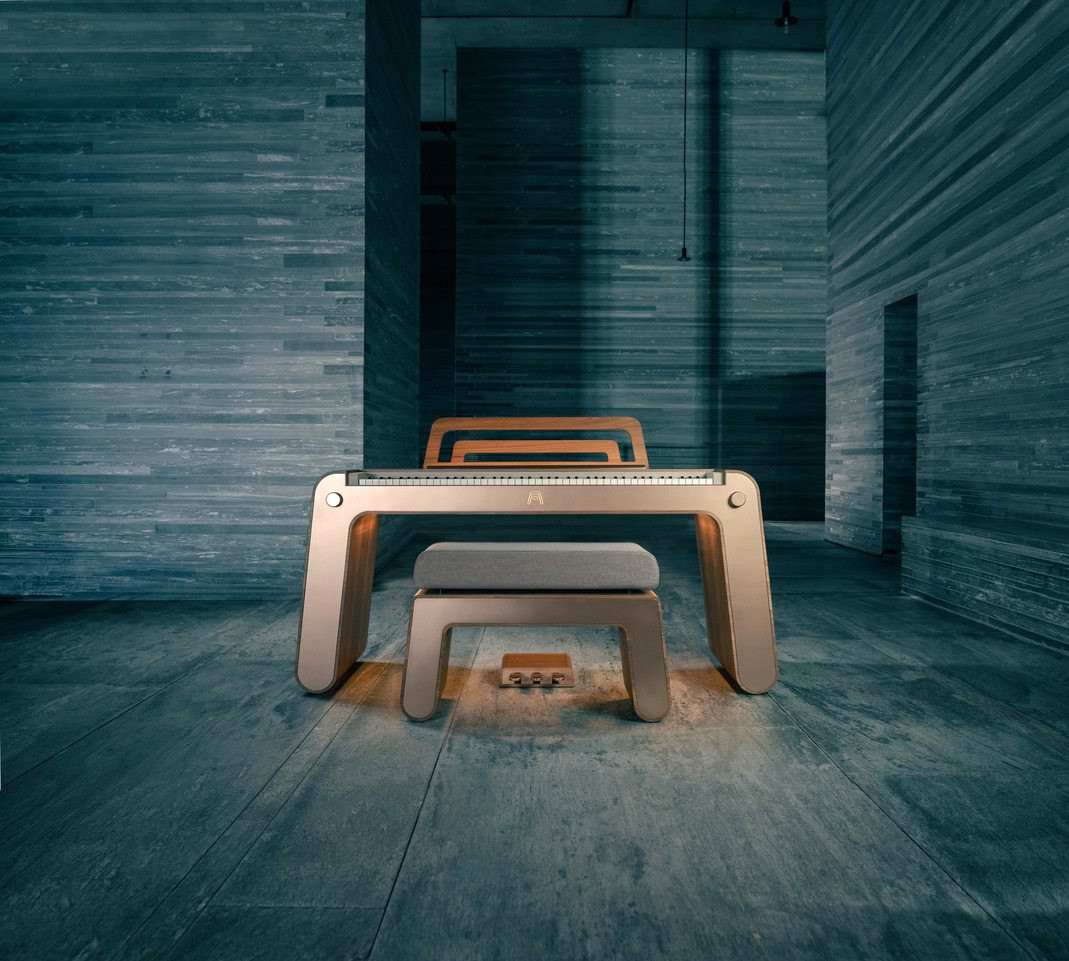
The Alpange Piano
Clearly an Alpange is just as much about craft and style as it is about musicality and performance. In that respect, it’s a big player in a much smaller field.
Receive our daily digest of inspiration, escapism and design stories from around the world direct to your inbox.
Alpange Piano, more information at Alpange.com, @Alpange
Salon Art + Design at the Park Avenue Armory, New York, 7-11 November 2024, TheSalonNY.com
Jonathan Bell has written for Wallpaper* magazine since 1999, covering everything from architecture and transport design to books, tech and graphic design. He is now the magazine’s Transport and Technology Editor. Jonathan has written and edited 15 books, including Concept Car Design, 21st Century House, and The New Modern House. He is also the host of Wallpaper’s first podcast.
-
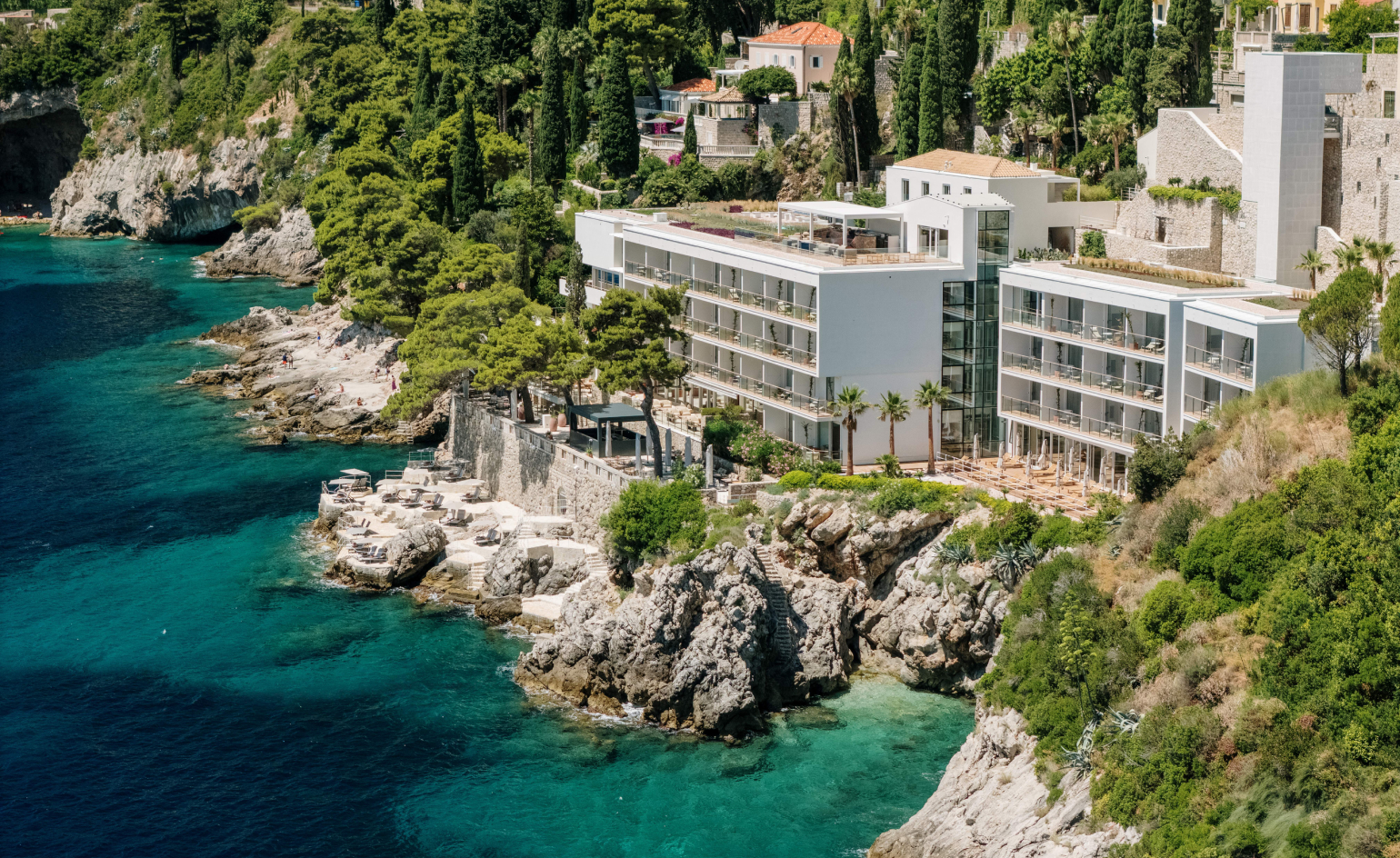 Arthur Casas reimagines Villa Dubrovnik as a modern Adriatic retreat
Arthur Casas reimagines Villa Dubrovnik as a modern Adriatic retreatThe Brazilian architect brings poetic restraint and light to Croatia’s most elegant coastal hotel
-
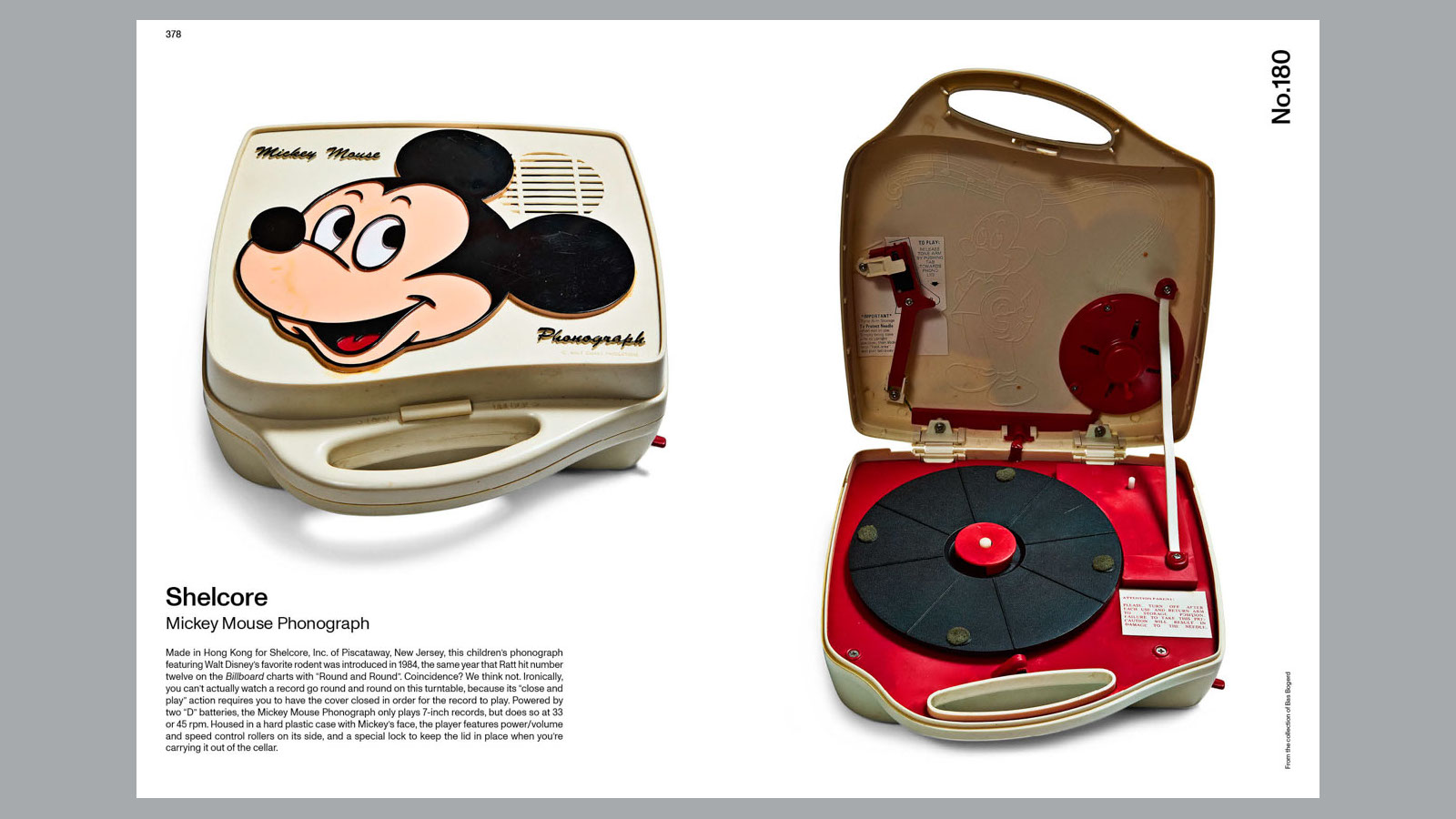 14 of the best new books for music buffs
14 of the best new books for music buffsFrom music-making tech to NME cover stars, portable turntables and the story behind industry legends – new books about the culture and craft of recorded sound
-
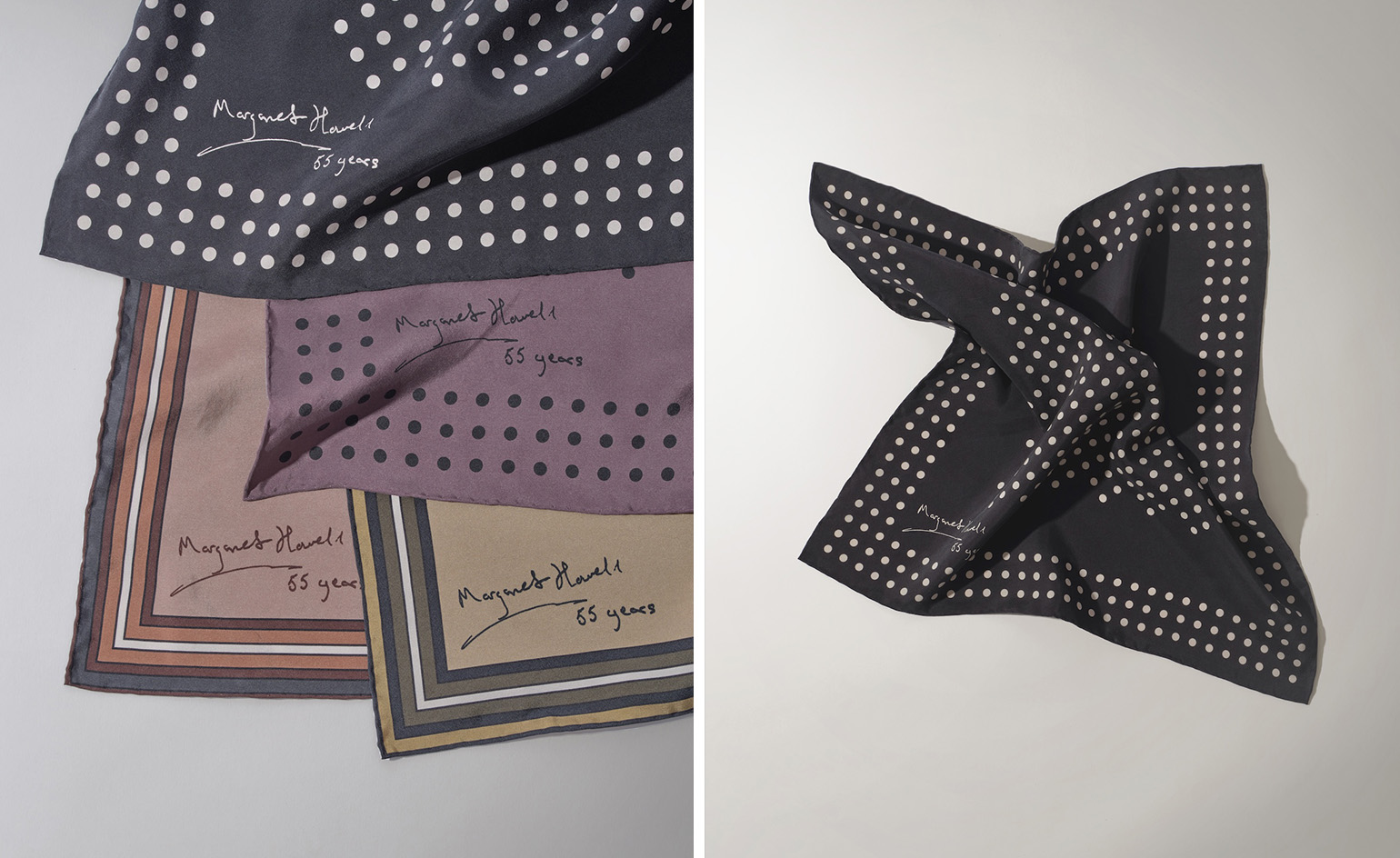 Margaret Howell marks 55 years in business by reissuing pieces from her archive
Margaret Howell marks 55 years in business by reissuing pieces from her archiveThe stalwart of British design will reissue a series of archival silk scarves to celebrate the landmark anniversary, alongside an era-traversing exhibition of foulards at the brand’s Wigmore Street store
-
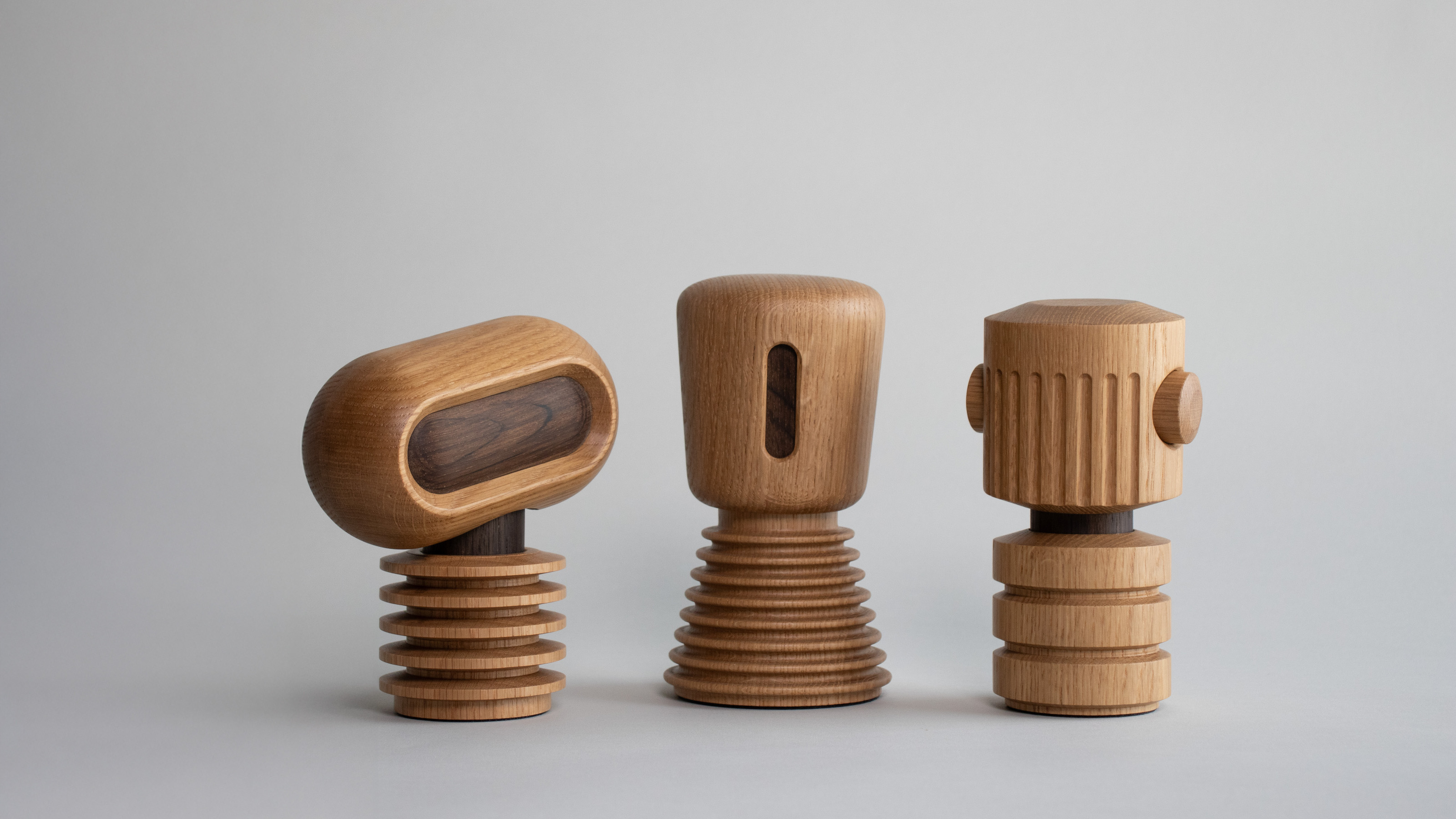 Forget the sensor-stuffed smart home and opt for these bots made from warm Danish oak instead
Forget the sensor-stuffed smart home and opt for these bots made from warm Danish oak insteadSwift Creatives have debuted their conceptual Wooden Bots, smart notification systems concealed within a trio of sculptural, highly crafted, but still recognisably robotic devices
-
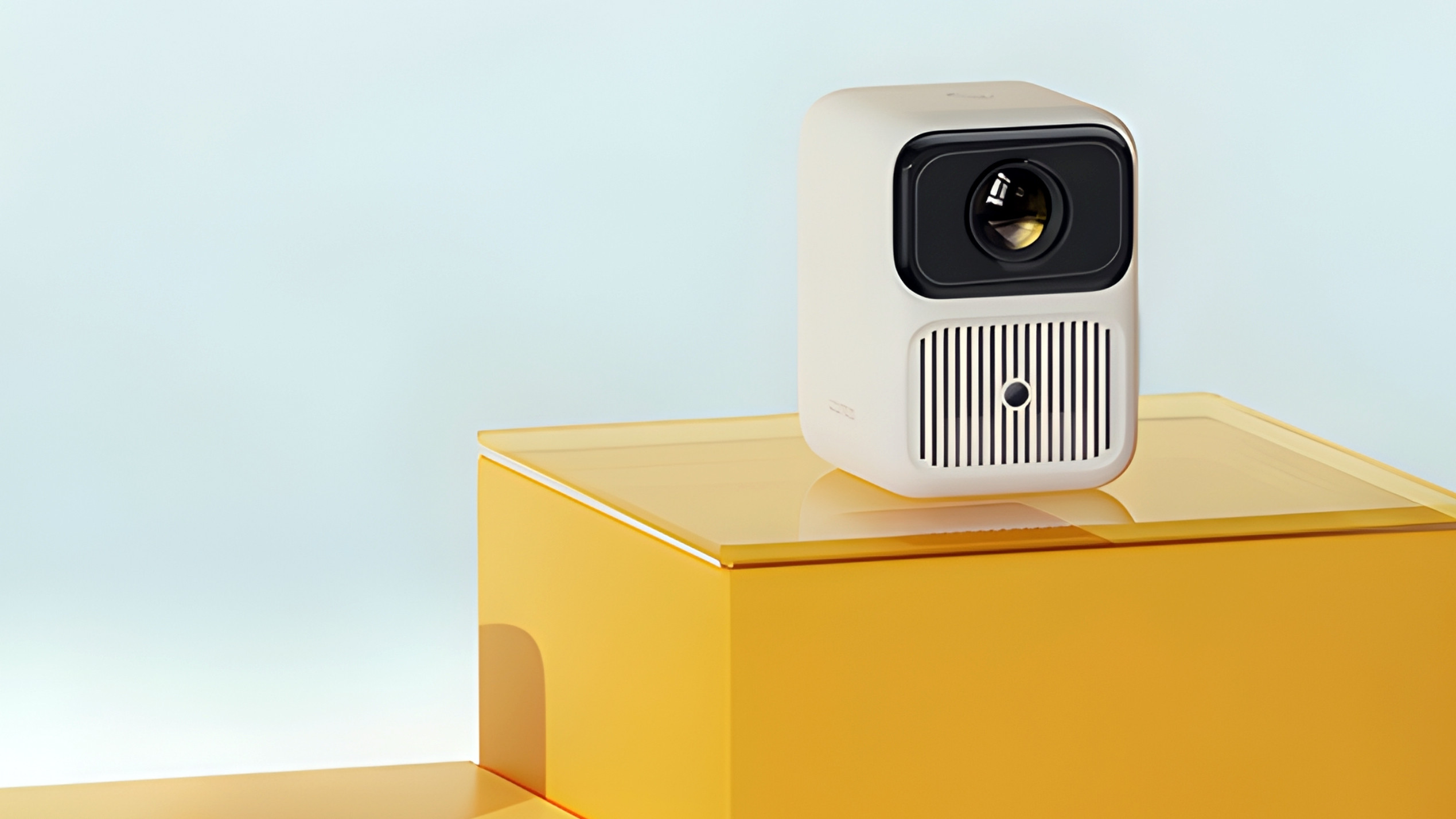 Two new portable projectors from Wanbo and Soundcore showcase extremes of scale
Two new portable projectors from Wanbo and Soundcore showcase extremes of scaleThe ultra-compact Wanbo Dali 1 goes up against Soundcore’s mighty Nebula X1 Pro mobile theatre system
-
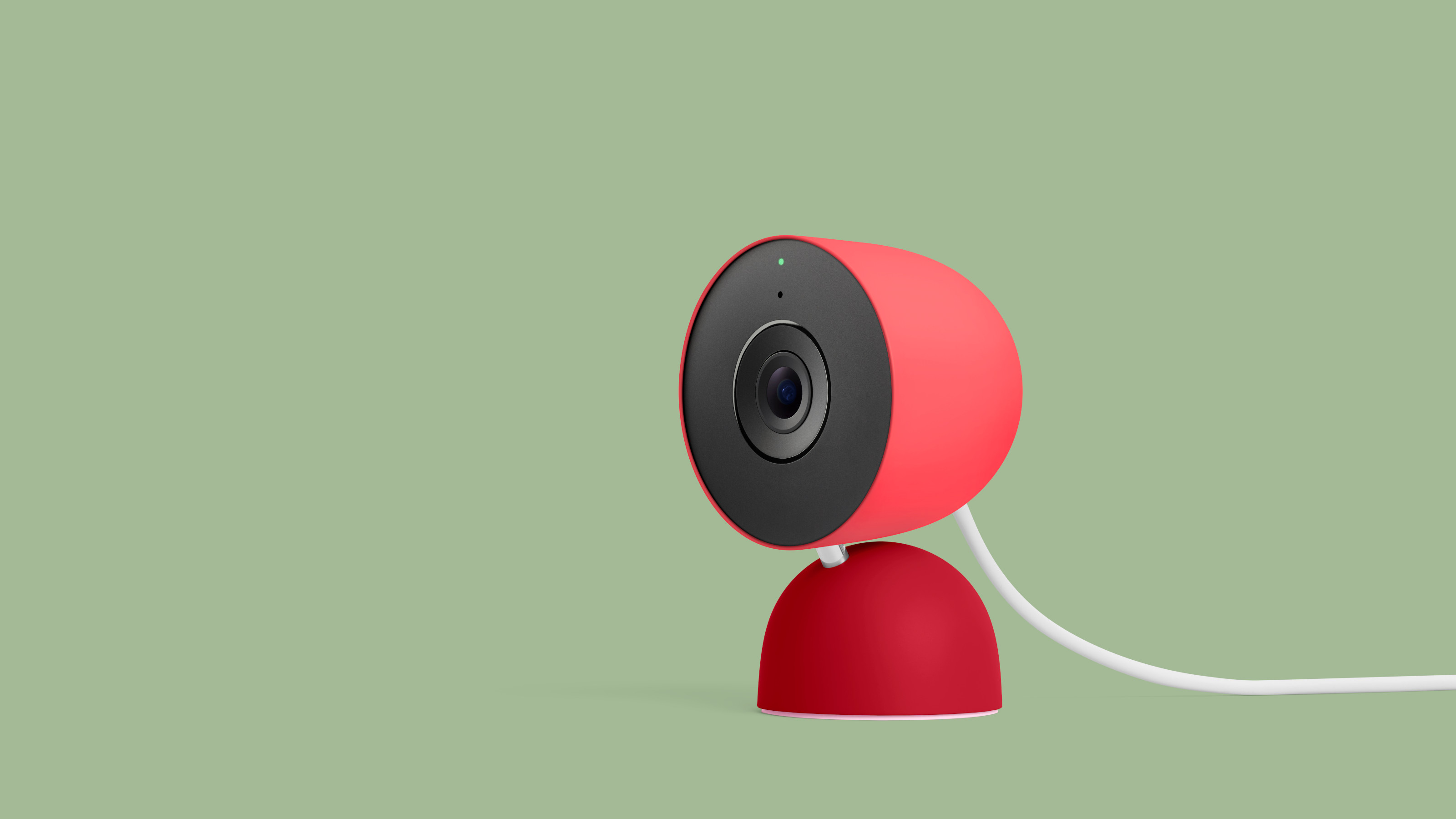 Google Home gets a glow-up as Gemini joins the party with its uncanny observational skills
Google Home gets a glow-up as Gemini joins the party with its uncanny observational skillsYour smart speaker becomes sentient and you now have your own NSA-grade domestic surveillance set-up. Welcome to the terrifying power of Gemini-enabled Google Home
-
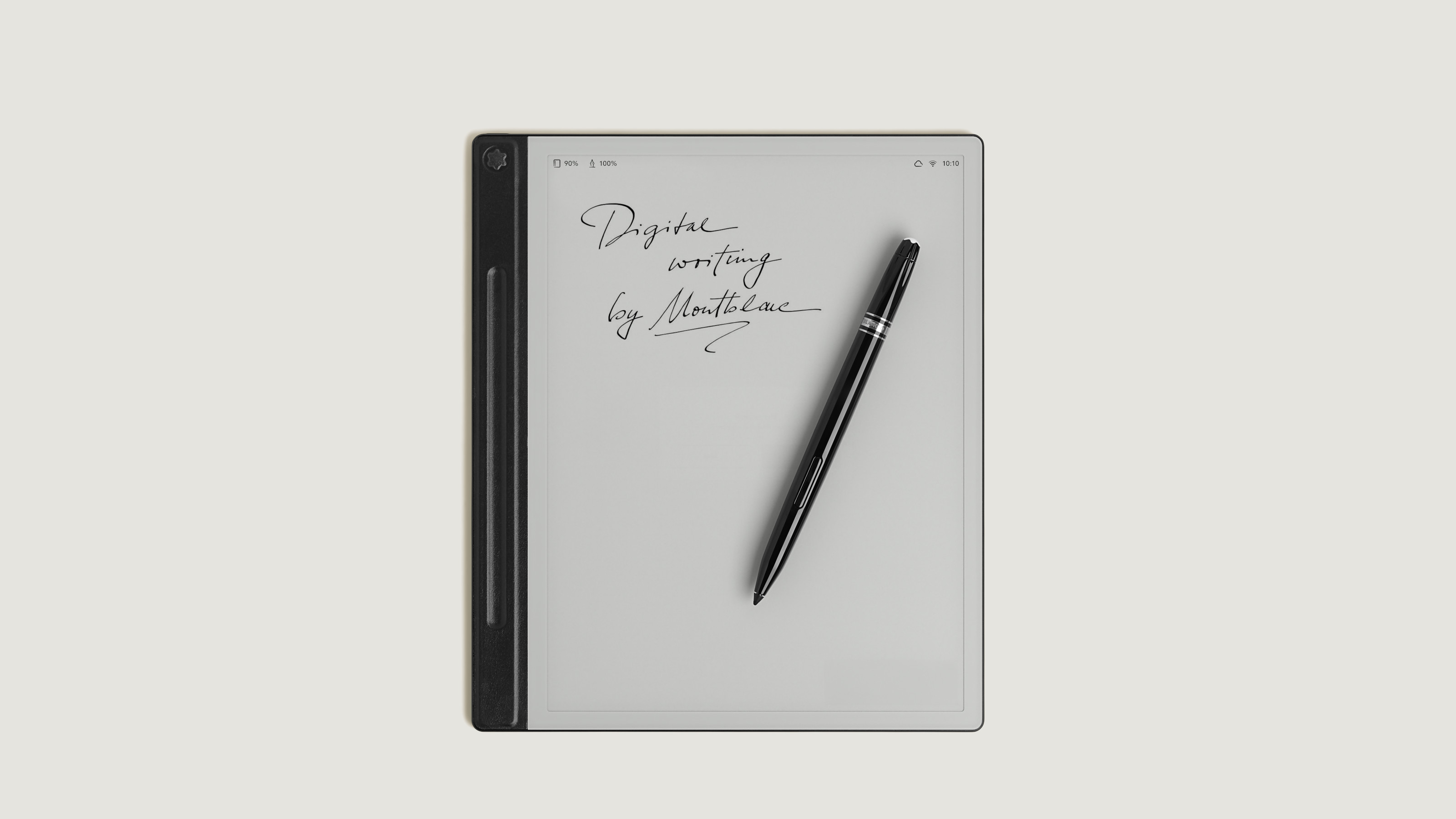 Montblanc’s new Digital Paper and Digital Pen are high-end entries into the e-ink club
Montblanc’s new Digital Paper and Digital Pen are high-end entries into the e-ink clubFamed for its traditional writing instruments, Montblanc brings its premium approach to the digital realm
-
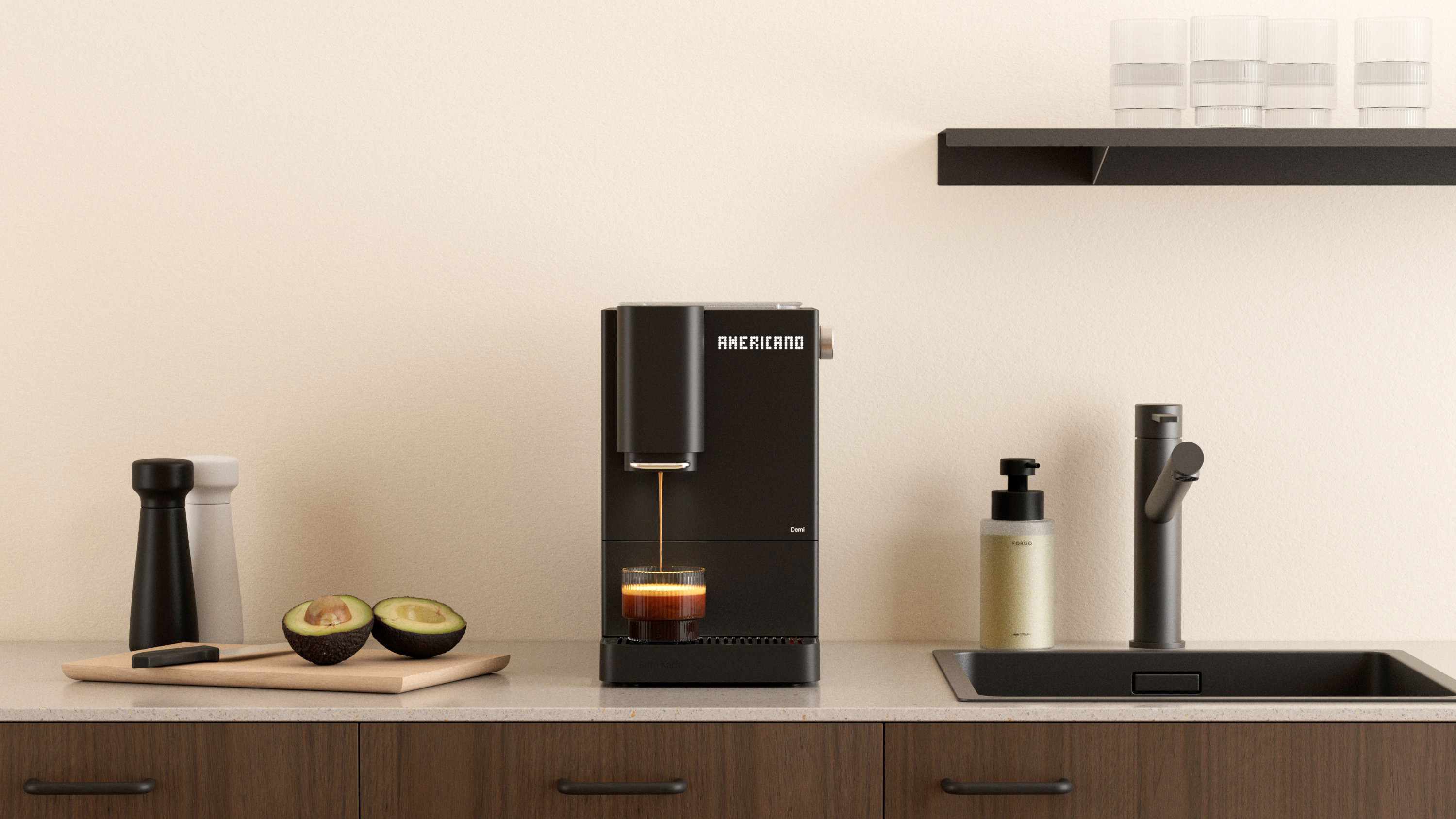 Back to black: five new coffee machines serve up everything from smooth filter to rich espresso
Back to black: five new coffee machines serve up everything from smooth filter to rich espressoFrom bean to cup, there’s no messing up with these five new coffee machines, offering a fine selection of coffees in a variety of sizes
-
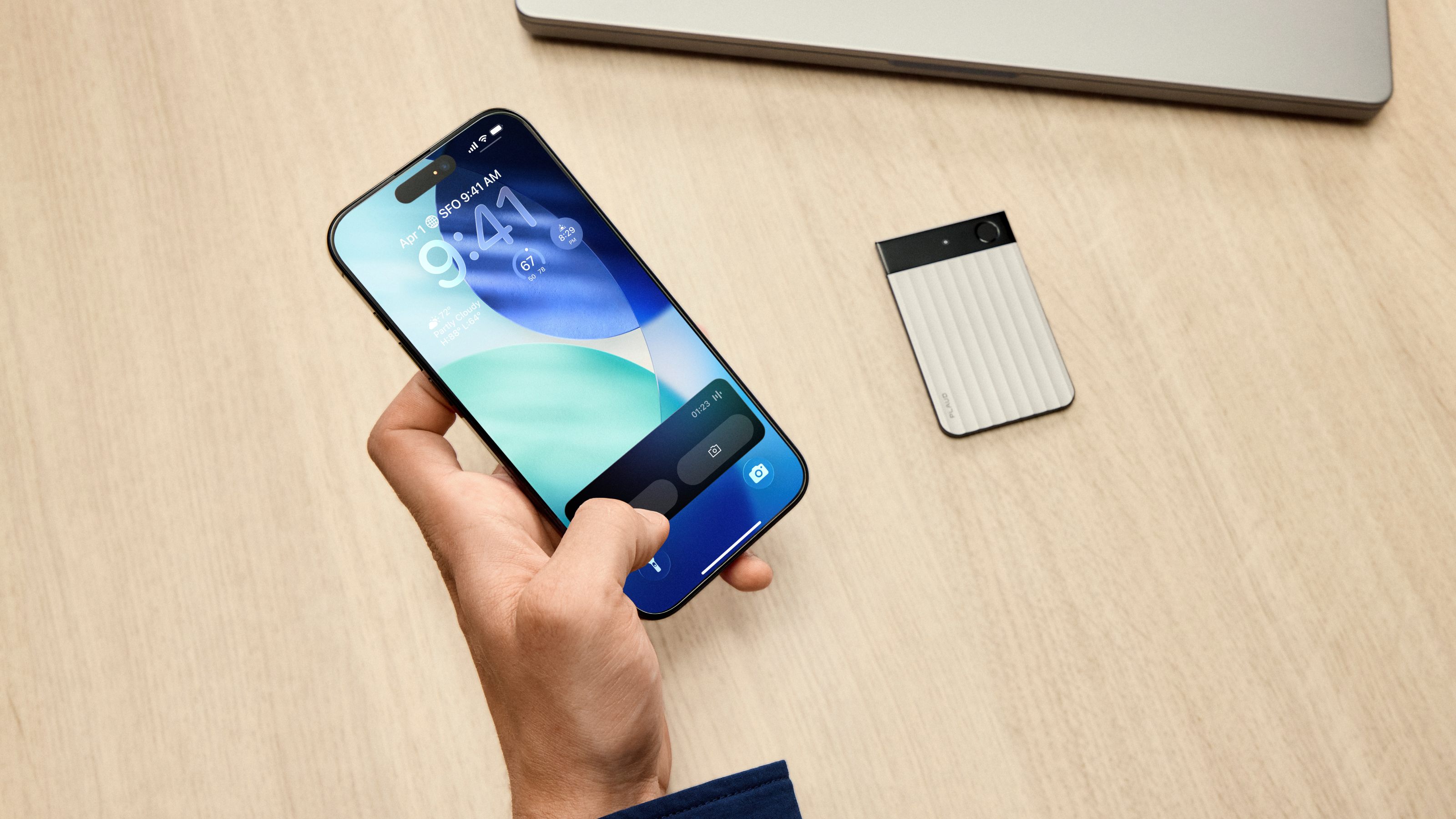 The new Plaud Note Pro deploys AI to transform the spoken word into searchable data
The new Plaud Note Pro deploys AI to transform the spoken word into searchable dataThe Note Pro promises full-on conversational AI, a pocketable device that can capture roundtable chats and correctly attribute speakers and action points. Help or hindrance?
-
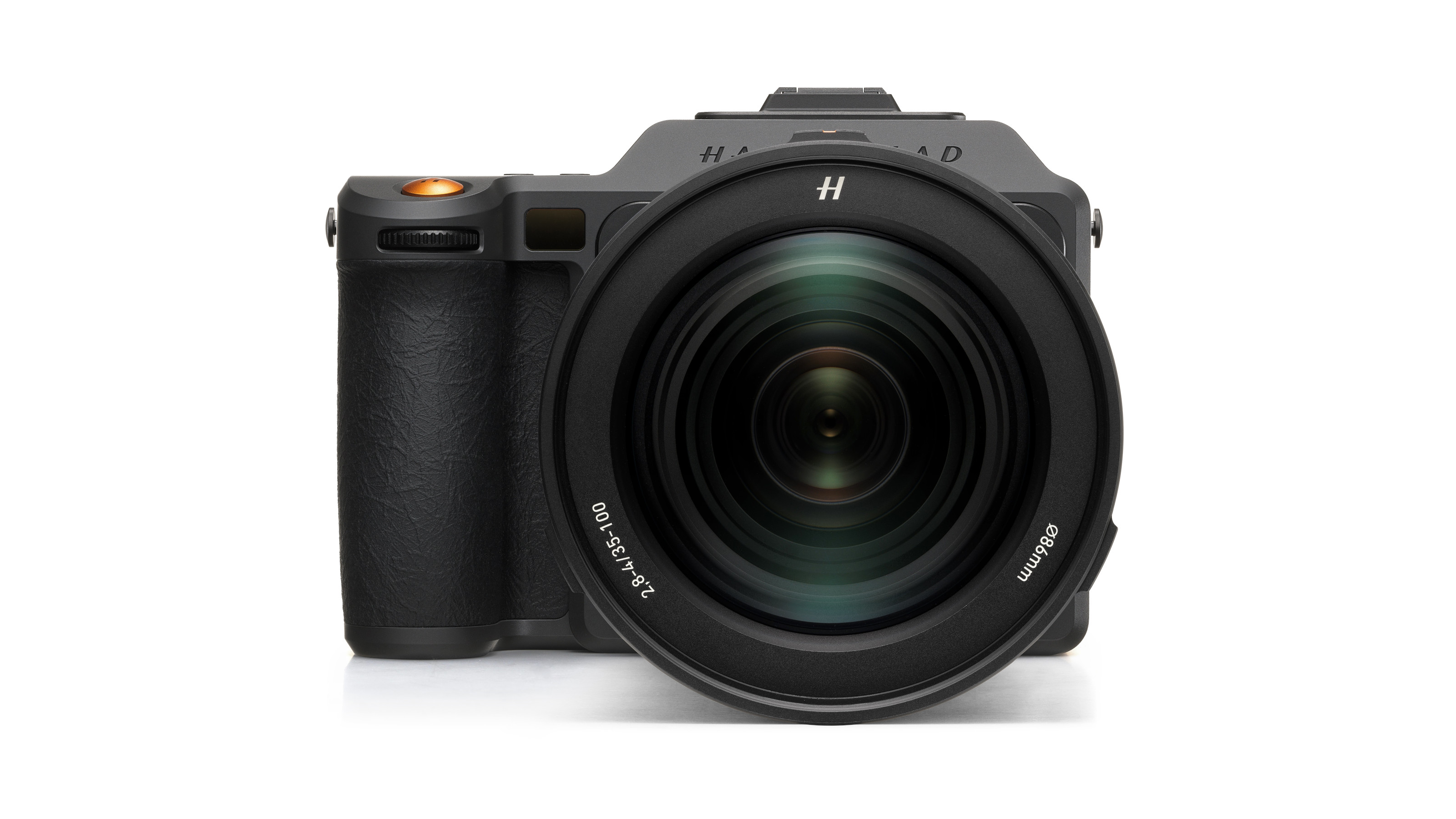 The Hasselblad X2D II 100C takes the iconic camera brand to a new level of sophistication
The Hasselblad X2D II 100C takes the iconic camera brand to a new level of sophisticationSweden’s most sophisticated camera manufacturer announces a new flagship medium-format digital camera and zoom lens
-
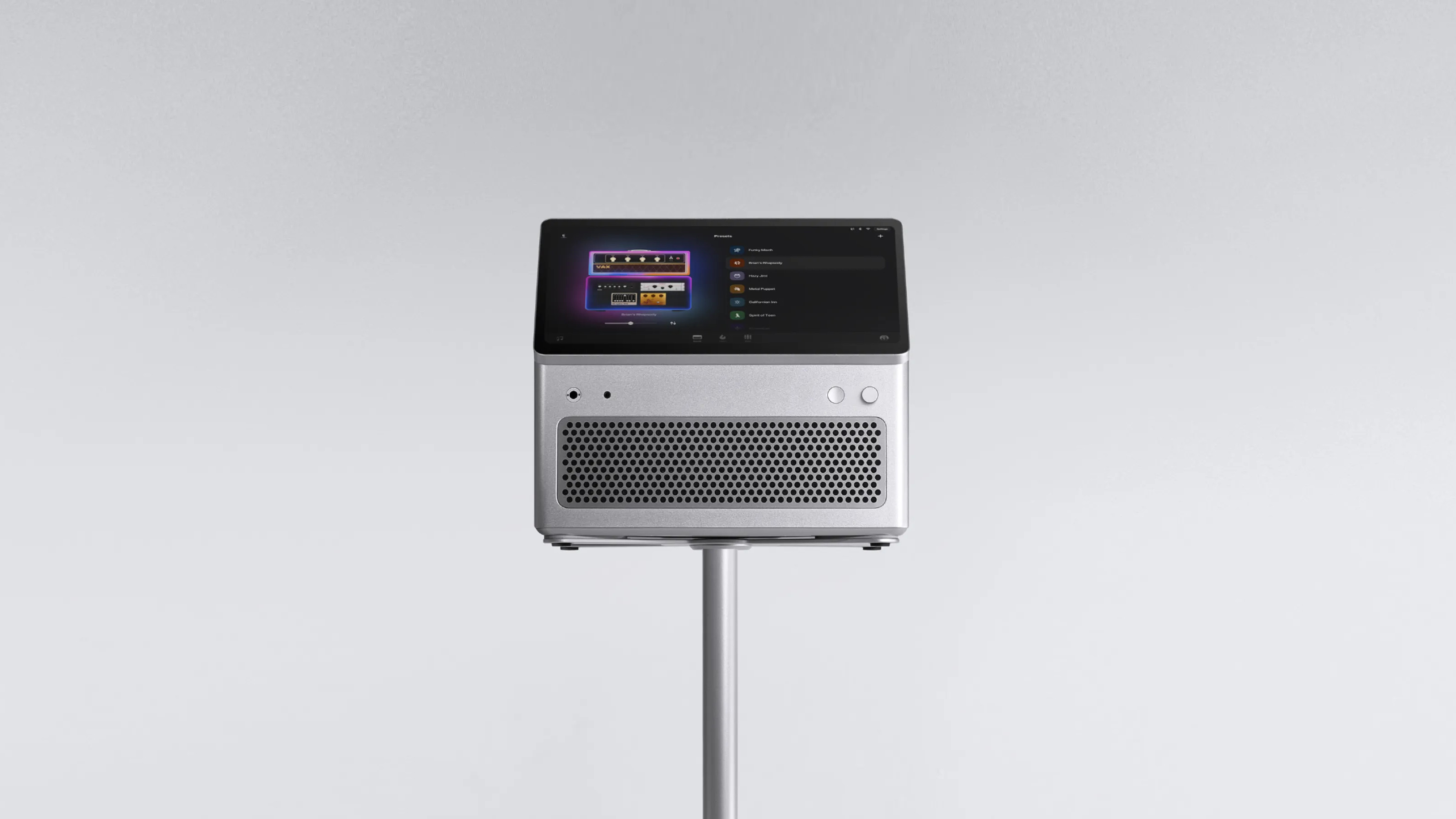 Lava Studio is a sleek studio-in-a-box for guitarists seeking the ultimate portable tool
Lava Studio is a sleek studio-in-a-box for guitarists seeking the ultimate portable toolLava Music's new Studio is an elegant touchscreen-powered guitar effects unit with multi-track recording, AI tips and tricks and a powerful integrated speaker